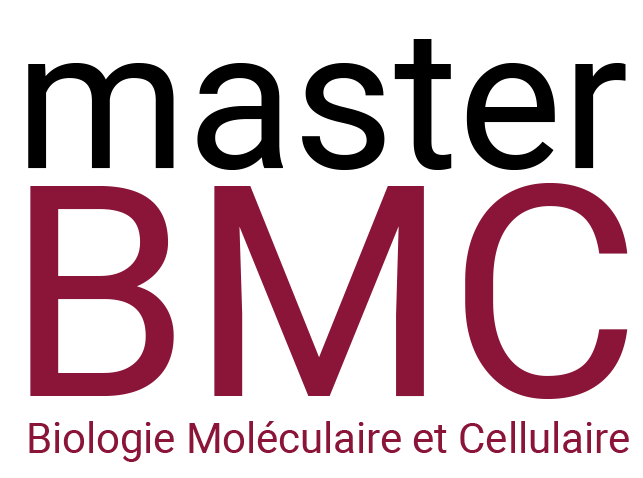Beyond the DNA: a role for histone marks in defining cell-specific splicing signatures during the epithelial-to-mesenchymal transition (EMT)
Responsable du Stage : Reina F. Luco
Tél : 06 34 01 06 31 E-mail: reini.luco@curie.fr
: Centre Universitaire Orsay
Résumé du Projet de Stage
Cancer cells take advantage of an RNA process called alternative splicing to increase their proteome diversity and gain new phenotypic traits to adapt better to the new microenvironment. However, little is known how these cancer-specific splicing programs are regulated in time for a coordinated cell reprogramming.
We have recently found a new regulatory layer for these highly dynamic changes in RNA splicing using as a model system the well-established epithelial-to-mesenchymal transition (EMT), an inducible cell reprogramming process intimately involved in cancer progression and metastasis. We have shown that changes in specific histone marks, namely H3K27ac and H3K27me3, right at the regulated exon are necessary and sufficient to drive the changes in alternative splicing responsible for the changes in the cell’s phenotype during EMT. By impairing these chromatin changes, we could revert the splicing changes occurring during EMT, which had an impact in cell’s invasiveness, suggesting a major role in EMT progression and metastasis
Taking in consideration these new findings, we want now to better understand the global impact of these chromatin marks in alternative splicing regulation and cancer progression. Using available genome-wide data, we want to identify all the exons changing splicing during EMT that also show changes in H3K27me3 and/or H3K27ac levels. By targeting these exons with the CRISPR/dCas9 system, we will address the direct role of H3K27 marks in splicing regulation. While the use of targeted proteomics assays will help us identify the protein regulators involved in this novel regulatory layer essential for cell identity.
With this internship, the student will acquire knowledge on cell culture, CRISPR technologies and basic molecular biology with the possibility of continuing the internship with a PhD and develop more -omics global approaches (transcriptomics, epigenomics and proteomics).
Références:
- Segelle A., Núñez-Álvarez Y., Oldfield, A., Webb K.M., Voigt P., Luco RF*. Histone marks regulate the epithelial-to-mesenchymal transition via alternative splicing. Cell Reports 2022, 38(07) PMID: 35172149
- Villemin JP, Lorenzi C, Oldfield A, Cabrillac MS, Ritchie W* and Luco RF*. A cell-to-patient machine learning transfer approach uncovers novel basal-like breast cancer prognostic markers amongst alternative splice variants. BMC Biology 2021, 19(1):70
- Agirre E., Oldfield A., Segelle A., Bellora N. and Luco RF*. Splicing-associated chromatin signatures: a combinatorial and position-dependent role for histone marks in splicing definition. Nature Communications 2021, 12(1)
Ce projet s’inscrit-il dans la perspective d’une thèse :
oui x
non o
si oui type de financement prévu : Concours de l’école doctorale
Ecole Doctorale de rattachement : Cancerologie : biologie – medecine – sante
Intitulé de l’Unité : Genome Integrity, RNA and Cancer (UMR3348)
Equipe d’Accueil : Chromatin & RNA splicing
Nom du Responsable de l’Unité : Stephan Vagner
Nom du Responsable de l’Équipe : Reina F. Luco
Adresse : Centre Universitaire, Bâtiments 101B-110-111-112 – Rue Henri Becquerel – CS 90030
91401 ORSAY Cedex

